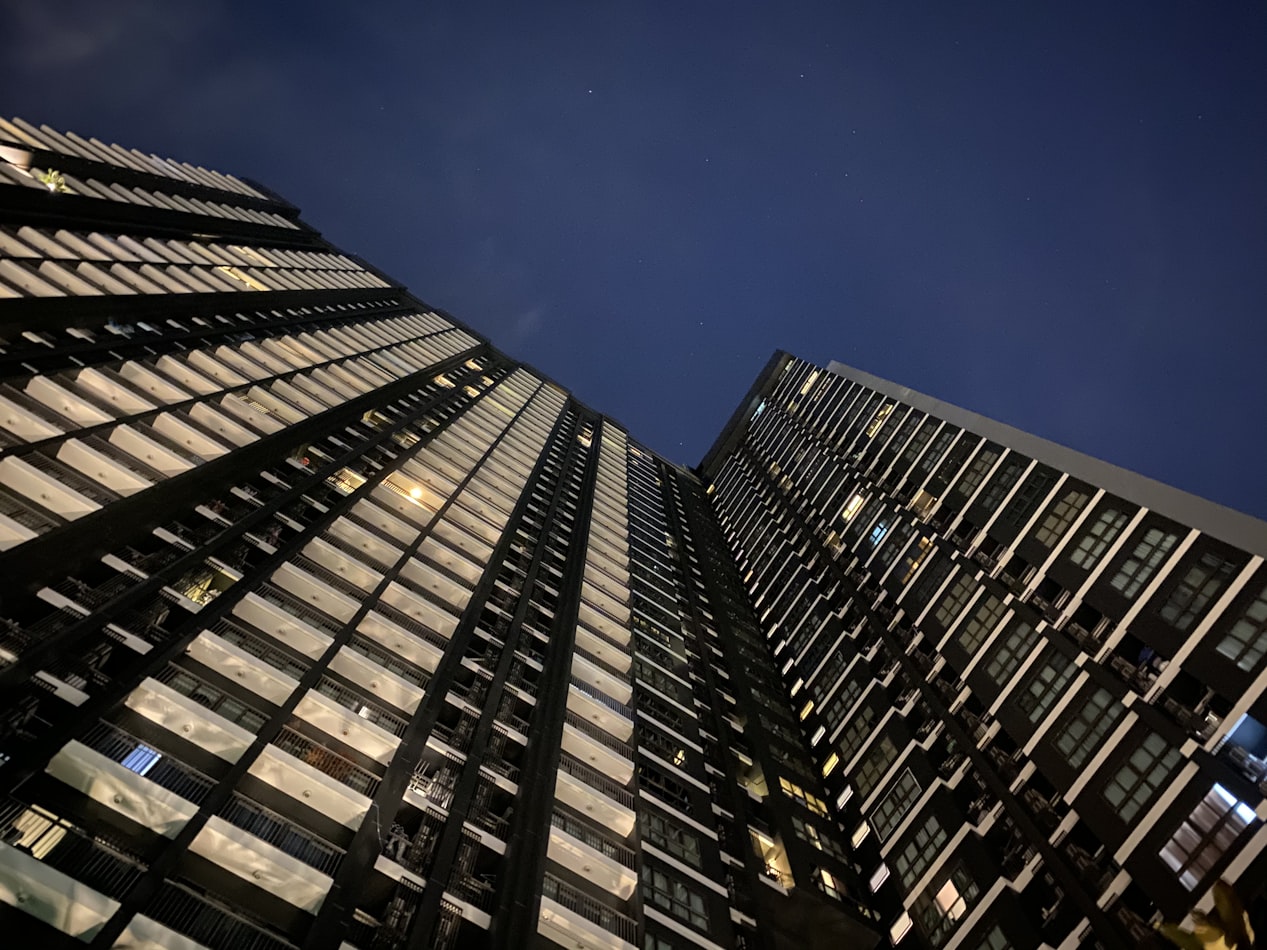FOR IMMEDIATE USE
1 in 10 South Australians with epilepsy sustaining serious physical injuries
Call to improve community awareness, support & response to seizures this Purple Day®
One in 10 South Australians living with epilepsy experience a seizure-related injury each year, many of which are potentially life-threatening, according to an article just published in MJA InSight to mark Purple Day® (an international epilepsy awareness day).1
The most commonly reported seizure-related injuries sustained by those living with the neurological (brain) disease include head (one-in-four of which require stitches), water immersion (almost 26 per cent), driving (14 per cent), burns (14 per cent), fractures (10 per cent) and dental-related injuries (10 per cent).1,2
Doctors, advocacy groups, patients and their families are joining forces Australia-wide today to highlight the serious injuries caused by epileptic seizures, and call for heightened awareness, understanding and support for the 10,044 South Australians living with active epilepsy,3 to create calmer waters through which they can safely navigate their physical journey with the disease.
According to MJA InSight article co-author and Consultant Neurologist and Epileptologist, Royal Prince Alfred Hospital and Sharp Neurology, Dr Kaitlyn Parratt, Sydney, experiencing even one seizure a year can pose risk of serious injury.1
“A seizure is the result of abnormal, excessive or recurring electrical activity in the brain,4 noting there is tremendous physical risk associated with experiencing seizures.
“One in three Australians living with epilepsy will sustain a seizure-related injury in their lifetime, more than 50 per cent of which will prove particularly dangerous to the head, or will occur at home in the bath or swimming pool,” 2 said Dr Parratt.
“Australians living with epilepsy are at 15-to-19 times greater risk of drowning than the general population,1,5 and are also at risk of sustaining a range of other injuries, including burns, serious fractures, dislocations and car accidents.1,6
“It is therefore vital we improve community understanding of the physical dangers faced by those experiencing epileptic seizures, and educate people on how to react in the event of a seizure, to help maximise patient safety,” Dr Parratt said.
The epilepsy community’s call today coincides with the launch of ‘Look for epilepsy’ – a UCB-led community engagement initiative designed to highlight the much-needed support available to those living with epilepsy, and their carers, while raising awareness of the brain disease. The initiative urges Australians to lend their support to members of the epilepsy community by visiting , taking a selfie with a purple glasses filter on the site, and sharing the selfie on their social media channels to support epilepsy awareness, using the hashtag #lookforepilepsy.
MJA Insight article co-author and neurologist, epileptologist and epidemiologist, A/Prof Wendyl D’Souza, St Vincent’s Hospital, Melbourne, who is supporting the Look for epilepsy initiative, hopes new and improved ways of predicting seizures will reduce risk factors for Australians living with epilepsy.
“Concerningly, people living with epilepsy have a mortality rate of up to three times higher than the general population.7 The most frequent cause of epilepsy-related death is Sudden Unexpected Death in Epilepsy (SUDEP), where sudden death occurs in a person with the disease for no apparent reason.8
“However, according to emerging Australian research into seizure patterns, while long-considered to be unpredictable, there is, in fact, a person-specific long-term pattern to seizures in most (80 per cent) cases,”1 said A/Prof D’Souza.
“The ability to forecast when someone may be at high risk of seizures through wearable devices, for instance, may help to reduce uncertainty, and allow for the implementation of preventative strategies to minimise the risk of physical injury, and SUDEP.”1
University student, Chelsea, 21, Melbourne, was diagnosed with epilepsy at 14 years of age after experiencing focal impaired awareness seizures (during which her awareness was affected and she appeared to be confused, vague or disorientated) multiple times a day.
For many years, she lived in fear of experiencing a seizure at school and being judged by her peers. The uncertainty of her next potential seizure took a huge toll on Chelsea’s mental health. Gradually, she learned to recognise when her seizures would strike.
“Epilepsy was always on my mind, and it was hard for me to focus on anything else, so my school grades declined,” Chelsea said.
Thankfully, Chelsea is yet to experience any severe seizure-related injuries. Sensing their onset, she is able to remove herself from harm’s way, or to ensure someone is with her to hold her hand to keep her safe and prevent her from falling.
“Since my diagnosis, I have become very dependent on people. I’m the type of person who likes to help others. But with epilepsy, I’ve had to learn to help myself first, and to accept help from others.
“This Purple Day®, it’s heart-warming to see Australians showing their support for this often-overlooked disease. Epilepsy can throw you off the path you had planned for your life, and speaking from experience, it can take a while to look at things positively again,” said Chelsea.
Epilepsy Centre CEO and Board Member Epilepsy Australia, Robyn Wakefield, Adelaide hopes improving awareness of epilepsy will serve to address the abundant myths and misconceptions surrounding the disease.
“There are many common myths and misconceptions involving epilepsy. Epilepsy is something everyone has heard of, but that’s usually the extent of their knowledge. Some people think it’s psychiatric in nature, but it’s certainly not. It’s very physical.
“That’s why the Look for epilepsy initiative is so important, because it allows our community to raise awareness of epilepsy, and reinforce the much needed support available to those in need,” said Ms Wakefield.
Today (March 26) is Purple Day®, a global initiative that aims to heighten community awareness of epilepsy. Through the joint efforts of Epilepsy Action Australia, Epilepsy Australia, Epilepsy Queensland, Epilepsy ACT, the Epilepsy Foundation, Epilepsy Tasmania, The Epilepsy Centre (SA and NT) and Epilepsy WA, more than 100 landmarks Australia-wide will turn purple this evening, to honour this important occasion, and applaud those living with epilepsy locally, and around the world. Some of the Australian illuminations will include the Adelaide Oval, Story Bridge in Brisbane, The Royal Mint in Canberra, The Melbourne Star Observation Wheel, Government House in Hobart and the Optus Stadium in Perth.
· To join the Look for epilepsy initiative, head to .
· To access support, information and innovative services for those living with, and affected by epilepsy, head to or call 1300 850








